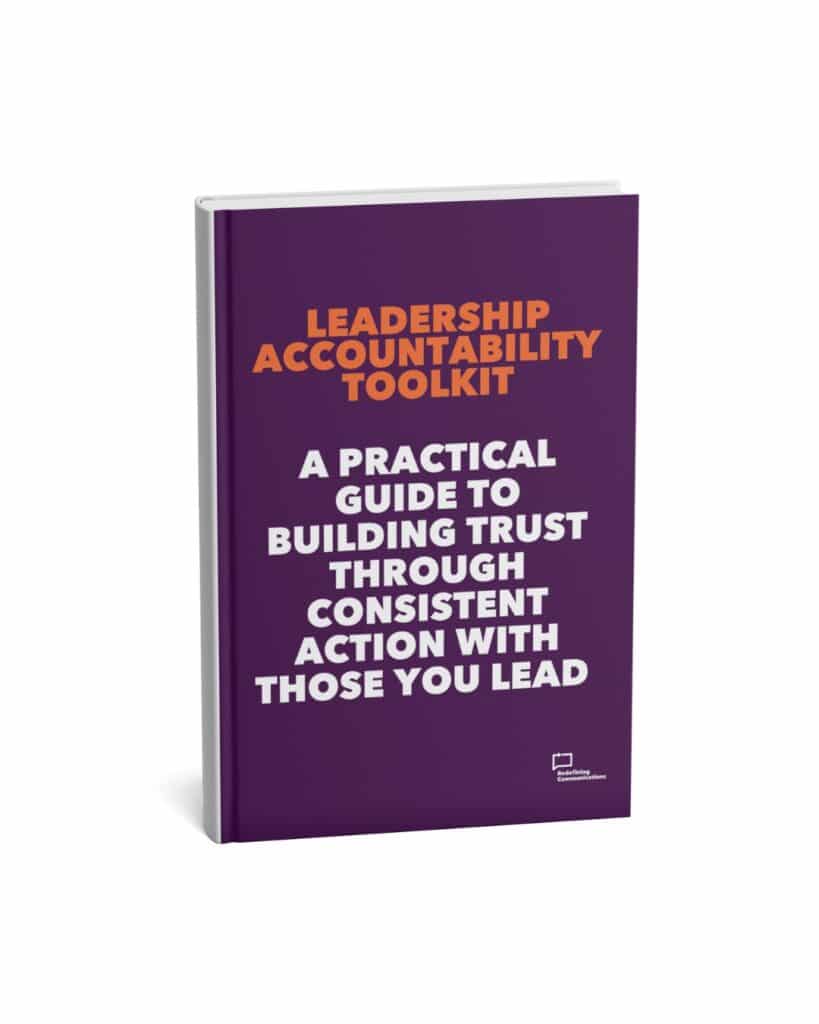Following a podcast interview with Vicki Marinker – Don’t Shoot The Messenger – here I share my thoughts and suggestions on how to build a cohesive and diverse culture that’s fit for purpose in a post-pandemic workplace, and the value of communication.
What is the role of communicators in establishing a positive corporate culture?
Culture is incredibly important, yet there doesn’t seem to be one clear definition for it. Like many, I define it as “the way things get done around here” and talk about how communication is the tangible way to demonstrate culture.
We bandy culture around as a big word that makes it feel insurmountable as a concept for organisations when, really, it comes down to ”how do we want people to feel here”. This is when you can consider what a culture needs to look and feel like, and how can it manifest itself from within.
The challenge is that so much of the desired culture is implied, which is why communication is so important – the channels and tone that you use are representative of the culture. For example: consider the mismatch of a culture of innovation that communicates using only email. This is the tangible joined-up bit of culture that aligns what’s being said with what’s being done.
Is it possible to recruit for cultural fit and build a diverse workforce?
So much depends on the organisation’s ability to recruit based on culture, hiring for the values and behaviours that you’re looking for – because you can train people in many different skills.
But is there a danger of hiring clones? I don’t think so. People can demonstrate the same fundamental values and behaviours yet come from vastly different backgrounds, hold opposing opinions and think differently, which means we don’t employ cookie-cutter versions of ourselves.
Recruiting around values was a debate I had with Advita Patel and Trudy Lewis on our Calm Edged Rebels podcast last season. In episode 11 we talk about the importance of values and address the challenges that link to recruitment.
Ultimately, creating a culture with strong psychological safety – where people feel that they can speak up, tell the truth and be themselves – hinges on recruiting people who will foster such an environment. Such behaviours are often overlooked.
The values, mission statement and purpose are incredibly important, yet behaviours are often lacking when we look at how it all ties together. Most communication theory focuses on these three areas, but we must add behaviours if we want to see action and ensure our culture is visible.
Toxic cultures – how do they develop and what to do about them?
More than anything, leaders must close the say-do gap – what they say they’re going to do and what they actually do – by behaving in ways that complement their words. We still see a lack of vulnerability and courage – the ability to say “I don’t know how to do this” is missing. Leadership and ego so often have a role to play in chaos within organisational culture. Chaos that can quickly become toxic.
Toxicity is about identifying whether it’s a toxic culture or toxic people. Is it in small pockets or across the whole organisation? Is it coming from the senior management team being overly focused on financials and not on people? Is it poor line management across the organisation, where they’ve been overpromoted without being given the skills to lead?
Is it a disruptive employee causing issues? Sometimes it can feel toxic everywhere when it’s coming from one individual. This is uncomfortable when you start looking at people who need to leave an organisation.
Can organisations balance wellbeing and productivity post-COVID?
Hybrid working is a myth: it’s not just about location. For example, the traditional nine-to-five construct isn’t going to be the same after the pandemic. Our lives are different and so is the way we work.
What’s evolved and changed over the COVID years is a real focus on wellbeing, courage and empathy. As working from home became the norm in 2020, we then had the tension and power struggle of getting people back to the office. The start of 2022 sees conversations change from ‘lift and shift’ to finding balance in what it means to work here (the organisation) and the purpose of the office. As we move forward, still exploring what this looks like, we will increasingly pull on the various strands of behavioural science to better understand individual and collective needs.
When the time is right, many organisations may revert to full-time office attendance. However, empathy and wellbeing will remain high on the agenda but in more meaningful ways than fruit bowls and yoga. Enriching experiences for a more balanced life might include working in different places, or time off to go travelling. What’s important is that this is a fundamental societal shift. It won’t happen overnight and there isn’t a quick fix.
The pandemic impacted different industries in different ways. Some slowed down, others flourished. Organisations are asking how to create processes and infrastructure that makes them as efficient as they were before. This is completely different for every organisation and something that requires conversation, time and testing to get right.
In her conversation with Steven Bartlett for Diary of a CEO, Mary Portas describes how we’ve lost the essence of what it is to be human. And, deep down, people have had enough of being in front of a screen. They want to be out and about, interacting face to face.
What trends will future-proof communication?
In reality, it’s similar trends all the time: when polled in 2020, people cited employee voice, listening, wellbeing, some diversity and inclusion, and a bit on technology. Fast forward to the end 2021 there’s a definite shift from listening (which can only take us so far) to more action, a focus on behavioural science, measurement, the introduction of AI and the rise in the importance of diversity and inclusion.
If you’d like to find out more about culture, listen to this bite-sized podcast on this topic. It’s also featured in the book, Influential Internal Communication, which discusses how to fix a toxic culture using The Field Model. And to chat about any issues that you’re experiencing with your organisational culture, please get in touch at info@redefiningcomms.com.







